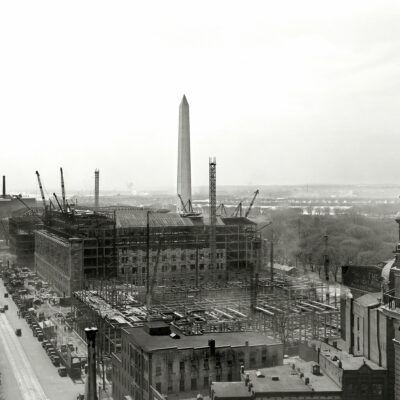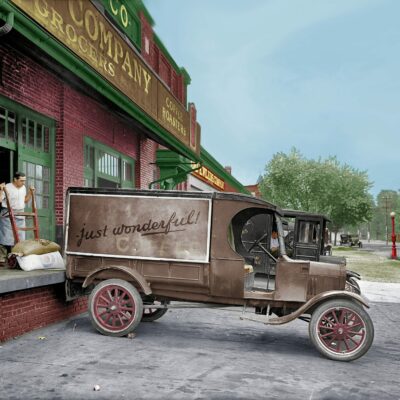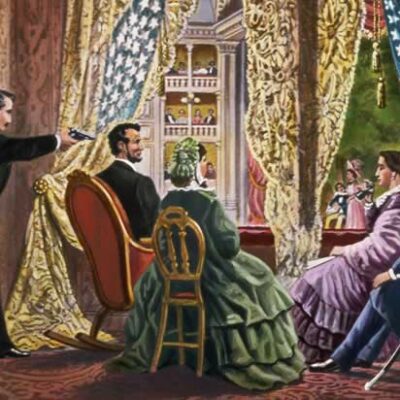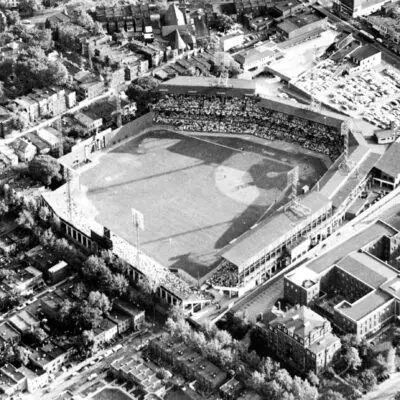This is a guest post by Angela Harrison Eng.
New York has significant ties to Titanic. Many of Gotham’s elite members of society died in the disaster, including John Jacob Astor, Benjamin Guggenheim, and Isidor and Ida Straus.
However, DC has its own ties to one of history’s most famous maritime disasters. Former Army Quartermaster Major Archibald Butt was an aide to Presidents Roosevelt and Taft in the early twentieth century. He quickly became part of each President’s inner circle. Butt boarded Titanic on April 10, 1912, joined later by his friend and companion, artist Francis Millet. Both were returning to the United States after a lengthy vacation throughout Europe.
Both men went down with the ship five days later. Butt’s body was never recovered. In honor of their tragic deaths, the Butt-Millet Memorial Fountain was dedicated in 1913 at President’s Park on the White House grounds.

The second monument erected in the district is known as The Women’s Titanic Memorial. The Titanic Memorial Campaign was run by a number of prominent women and socialites. Several Washington Post articles published in May 1931 mention that the funds raised for the monument came from women involved in the campaign and all across the United States. Over 20,000 women donated to the campaign. The point of the monument, it was stated, was to remember the men who gave their lives for the women and children on board, a well documented facet of Titanic lore.
The Washington Post chronicles the statue’s 1931 unveiling. President Hoover and his wife were in attendance. Sculpture designer Gertrude Vanderbilt Whitney and Natalie Harris Hammond, head of the Women’s Titanic Memorial Association, were not present due to illness, although an earlier Post article mentioned their desire to attend. Gertrude Vanderbilt Whitney also designed the Founders of the Daughters of the American Revolution (DAR) memorial and the Aztec Fountain, both of which are located in NW DC. Helen Taft, noted as the fund’s first contributor, unveiled the monument.
The eulogy, delivered by Representative Robert Luce of Massachusetts, recalled that twenty percent of men on the ship survived in contrast to the seventy percent of the women and children survived. He stated, “the cause of this difference in the proportion saved is the reason for this memorial and our presence here.” He continued, “Insofar as the sacrifice of the men we here commemorate shall have lessened the perils of the sea, they will not have died in vain. Nobler will be their reward if they have helped to teach us how to live and how to die.”

The statue was originally located on New Hampshire Avenue near the intersection of 27th and E Streets, along the banks of the Potomac. In the book Monument Wars, author Kirk Savage includes a photo of the statue surrounded by water from the 1936 Potomac River Basin flood. The monument was dismantled in the 1960s to make room for the Kennedy Center.
A few years later it was subsequently moved to its current location on 4th and P streets, near Fort McNair in SW. The memorial features male figure in a robe with outstretched arms. One blog mentions the likeness to Kate Winslet’s posturing in the famous Titanic scene with Leonardo DiCaprio. However, The Washington City Paper asserts there is no official record that Cameron was inspired by the statue.
Below is a Google Map of the area today.
[pull_quote_right]TO THE BRAVE MEN
WHO PERISHED
IN THE WRECK
OF THE TITANIC
APRIL 15, 1912
THEY GAVE THEIR
LIVES THAT WOMEN
AND CHILDREN
MIGHT BE SAVED
Erected by the Women of America[/pull_quote_right]
This move is interesting, as it departs from remembrance of the victims and focuses specifically on the men who gave their lives for others. A 2012 article in the Washington Post mentions The Men’s Titanic Society, which consists of about twenty men who don tuxedos and do a toast at midnight on April 15. A Washington Post article from 2012 mentions the practice dates back to 1979, when a small group of TV producers and directors decided to pay homage to the disaster victims.
One individual was quoted as toasting “those brave men even if the women had forgotten them.” Funny, considering the money was raised by women to remember men—an irony nearly fifty years in the making.
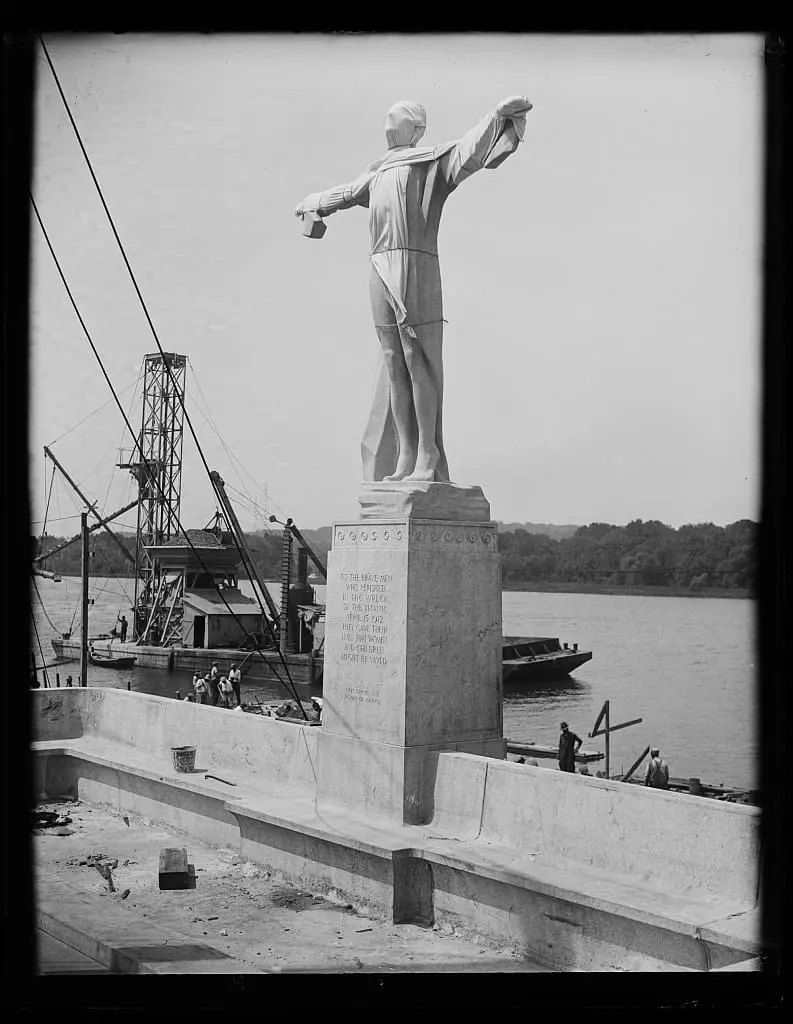
![Mrs. Lister Hill [Titanic Memorial, Washington, D.C.]](https://ghostsofdc.org/wp-content/uploads/sites/7/2015/02/28381v.jpg)
